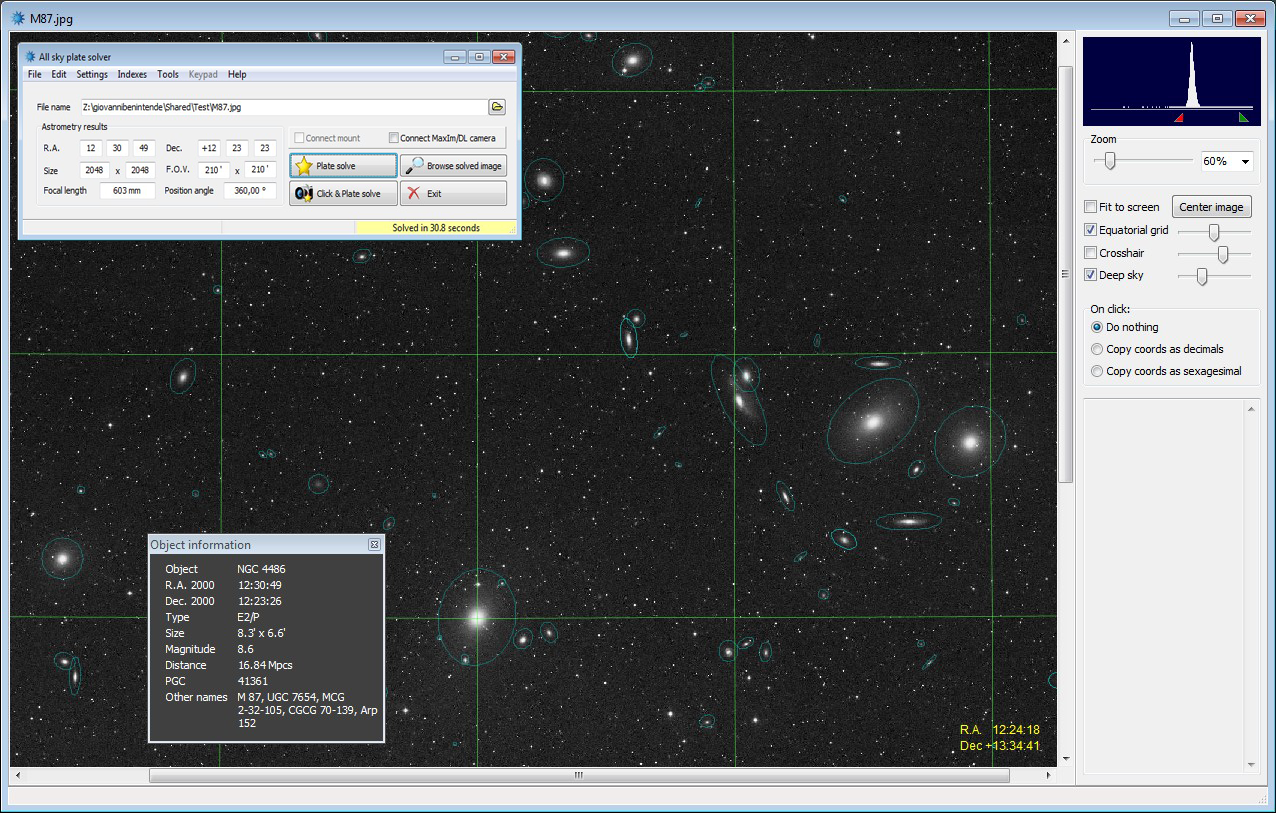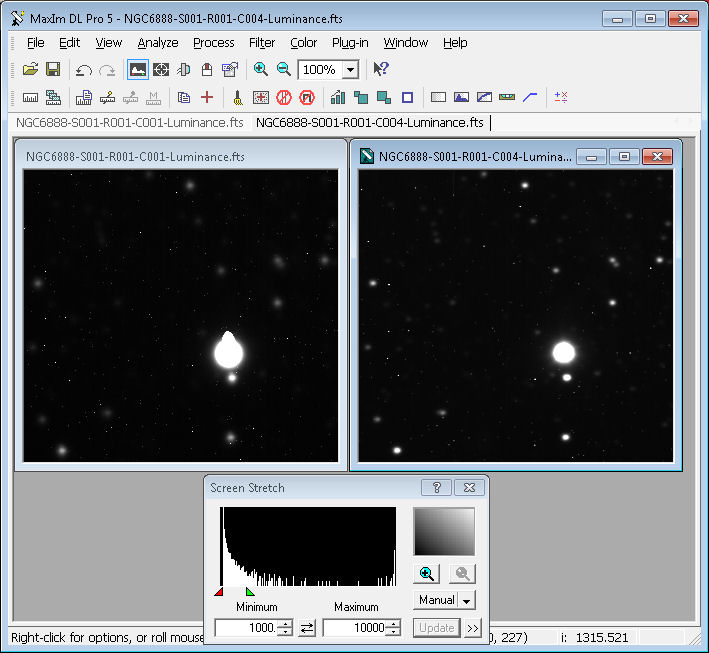
> On Jun 2, 2021, at 13:41, Shailesh Trivedi wrote: > Thanks Linwood, good thoughts. The good news is that you ought to have two licenses for APCC Pro if you purchased your two mounts new from A-P or one of their dealers. But whatever you choose to use, I *highly* *highly* suggest using APCC+APPM over T-Point now that you've moved over to Astro-Physics hardware.

I'm a contributor to NINA so it's obvious where my personal preferences lay and what my likely suggestion is going to be. You do want tracking modeling, however, and s far as I'm aware, only APCC+APPM will give you that with A-P mounts. Pick the best of each, rather than a compromise that does it all.Ĭorrect me if I'm wrong, but T-Point will not give you tracking modeling when using it with a non-SB mount, correct? Point modeling doesn't really amount to much in astrophotography when there are things like closed-loop slews (as TSX terms it, others just call it centering) that will fix any post-slew pointing error. The ability to plug and play different tools for different purposes is one success story in the otherwise pretty fractured astrophotography ecosystem, which can’t agree on much of anything else, from thread size to terminology to how to In fact, I do not even tie Stellarium to my mount (though it can). Personally I like Stellarium as a planetarium software but to me that’s mostly a function of screen appearance and one’s subjective taste – once you decided it is just a planning tool, it is easier to pick Planetarium based on UI and appearances I’m not pushing NINA (though I like it), there are others like that – Voyager for example, or the venerable APT. (NINA has a limited set of planetarium features to help with framing/rotation as well as rise/set/transit times).

Software at most feeds a coordinate set to NINA, then it is done.
Manager (NINA) to actually execute what I plan, as it handles meridian flip (something TSX doesn’t do at all), coordinates flips and dithering with exposure, can do multiple targets in sequence based on time or altitude or exposure counts, etc. For me a planetarium software is mostly to identify targets I may want to image, find rise/transit/set time, altitude, etc.

I find it better to build up a collection of best-of-breed tools and use them for what they do. In my mind, PHD2 for example is a better guiding program, with a lot more flexibility. Perhaps because it is a bit of everything, it is not the best at any one. There are some others of these, mostly older software. TSX is an unusual package, in some ways, in that it is Planetarium, camera control, guider, and session manager wrapped up in one. I’m not Dale, but will offer 2 cents as a TSX user. My goal is to use a planetarium app primarily for astrophotography with a path to automation and occasional light viewing.


 0 kommentar(er)
0 kommentar(er)
